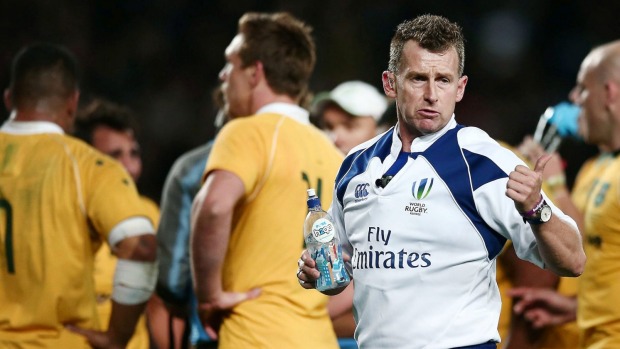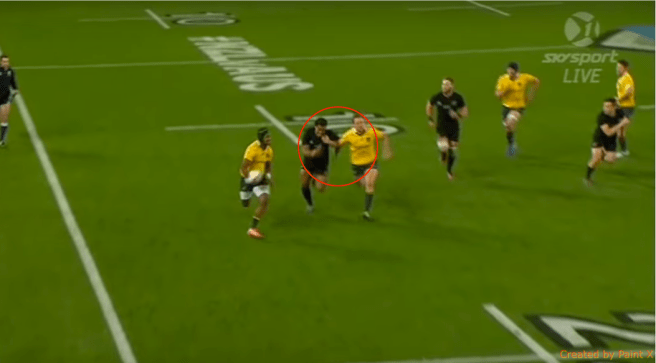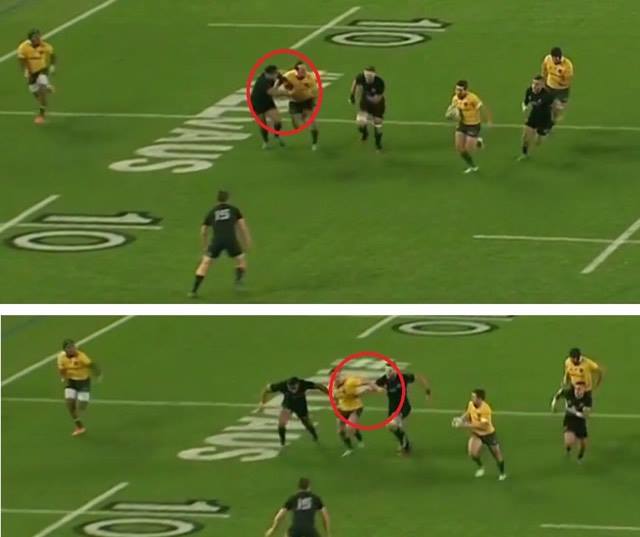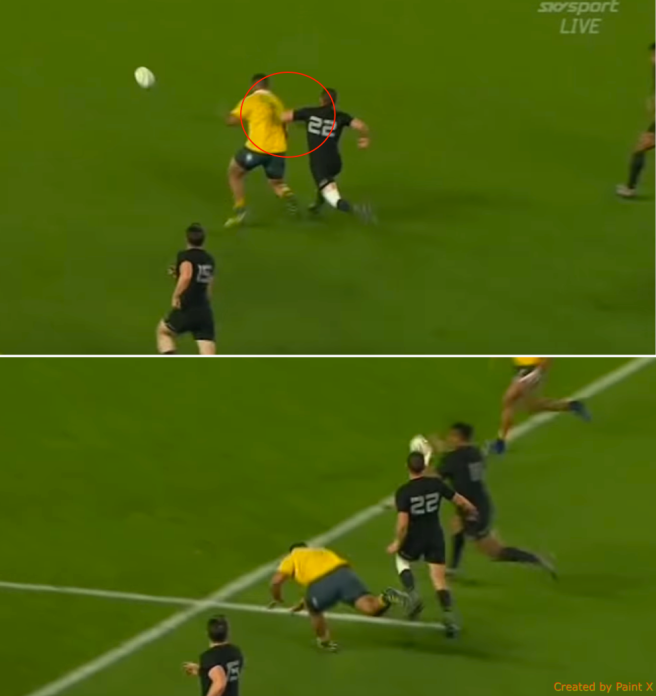
Two days have passed since the All Blacks again displayed why they are the number one side in world rugby.
There has been a lot of discussion about the ‘controversial call’ surrounding Speights no-try, but very little has been constructive.
The only coherent, unbiased analysis of the incident has come from Nick Pfitzner in his article TMO – Time to Move On?. He discusses the laws behind the TMO’s decision and the ambiguity and inconsistency behind them. He also attempts to offer a constructive solution, which I have dubbed the TMO Challenge System (TCS).
The TMO Challenge System
The TCS would allow each Captain to request one decision review per half. Working in a similar fashion to cricket’s Decision Review System (DRS).
This would allow the Captain to make decisions on when a challenge is necessary. Reducing the TMO’s regular impact and the undesirable influence of the home broadcasters on important decisions.
The Outcome
Whether the right call was made in regards to Speight’s try has been subject to significant investigation since the match. Dane Haylett-Petty (DHP) was seen clearly obstructing the running line of Savea, thus potentially preventing him from making the tackle.
General consensus, however, suggests that an obstructive running line can not take place behind the ball.

Moments prior to DHP’s “obstruction”, Savea and Read both commit the same offence. As they intentionally impeded DHP running a support line, by sticking out their arms to slow him.

That is where the debate for me around this try ends.
The law surrounding obstructions behind the ball aside. If the try was disallowed, the Wallabies should have received a penalty for the same offence moments earlier.
The TRS would have allowed the TMO to perform a comprehensive review once issued by the All Blacks. Therefore the big screen replay and the crowds reaction would have been negated and a proper review performed.
Prevailing common sense would have seen a penalty awarded to the Wallabies inside the All Black half.
Individual calls like these don’t maketh the result, but it does sway momentum. However, this does not provide Wallabies fans reason to blame Nigel Owens, as it was the TMO’s decision to review the incident.
Under current laws the TMO was well within his rights to call for a review of the incident. However, a similar controversial incident has seemed to be missed by the TMO during the same clash.
Prior to Savea regathering Smith’s grubber, Sio appeared the front runner to gather the ball. Upon review, Cruden appears to make contact with Sio, causing him to stumble. This incident directly prevents him from gathering or disrupting the ball.
Could that have affected the outcome of the try? Definitely.

No immediate replay was shown on the big screen and Cruden took the conversion quickly. The broadcast team almost didn’t capture the conversion due to the speed of his attempt.
Once the conversion was taken, under current laws there was no going back to the TMO to review the try.
Was it just a coincidence that there wasn’t a replay shown on the big screen? I doubt it. This again demonstrates the influential powers of the broadcasters and a flaw in the current system.
Moore would have been within his rights to issue a review under the TCS system. If common sense were to prevail again, the contact with Sio would result in a disallowed try and a Wallabies penalty.
This raises the issue of inconsistency on the night. Two similar incidents of potential obstruction occurred, yet the TMO only raised the alarm on one.
Whether you sit on either side of the Tasman sized fence, accusations or denial do not solve the issue at hand. A constructive review of the systems in place and implementation of possible solutions is the only way forward.
I believe that the TRS has legs and should seriously be considered. Hopefully we see it trialled and the most likely place for that would appear to be the NRC.
So ARU thats your challenge. Either continue finger pointing or trial new structures to improve the aforementioned issues.
Written by Nelson Dale
